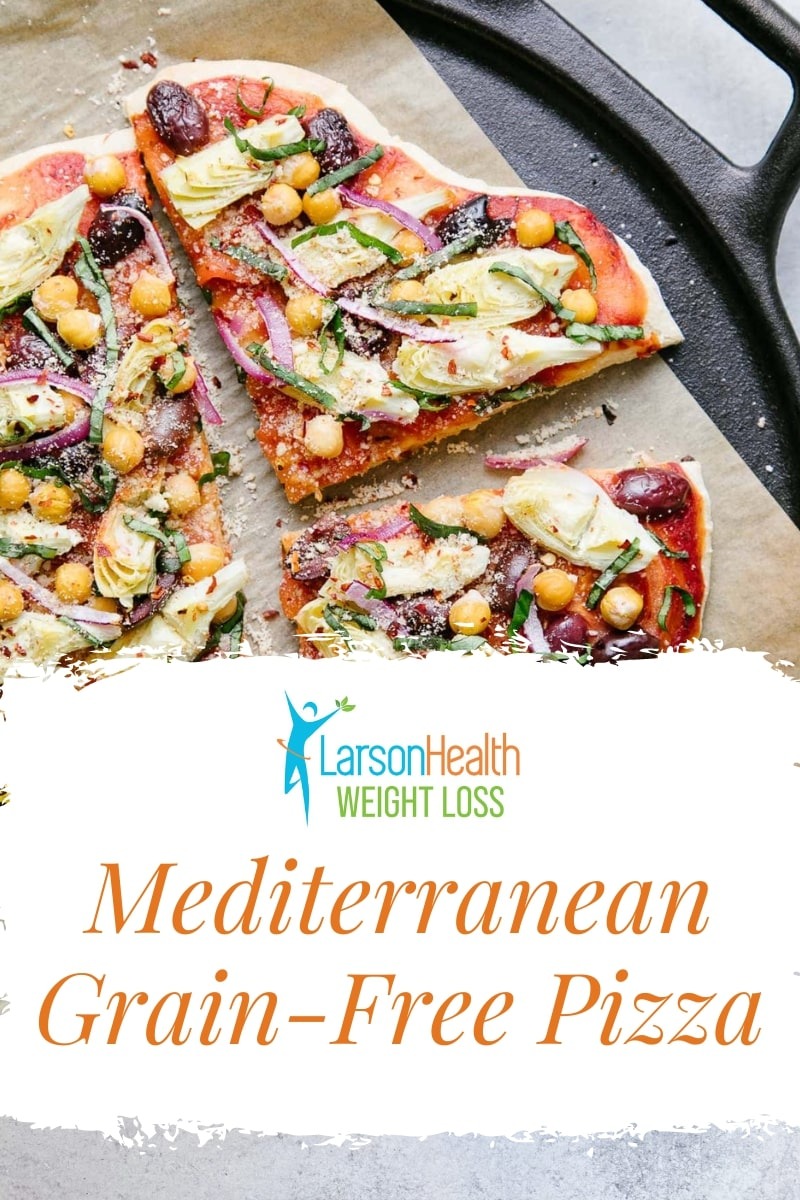
Makes 6 servings
Ingredients
Pizza Crust
- 1 medium cauliflower, riced (about 3 cups total)
- 3 large eggs
- 1 tablespoon Dijon mustard
- 1 teaspoon fresh oregano (optional)
- ½ teaspoon sea salt
- ½ teaspoon ground black pepper
- ⅔ cup almond flour
Lamb Topping
- ¾ pounds grass-fed lamb, ground
- 2 large garlic cloves, minced
- 2 tablespoons tomato paste
- 1 tomato, seeded and grated
- 1 small red onion, finely grated and squeezed dry
- 1 lemon, zested (save juice for later)
- 1 ½ teaspoons allspice
- ½ teaspoon crushed red chili flakes (optional for heat)
- ½ teaspoon sea salt
- 3 tablespoons tahini paste
- 1 tablespoon lemon juice
- 2 tablespoons pine nuts
- Mint leaves, torn
Optional Toppings
- Red onions, thinly sliced
- Crushed red chili flakes
- Maldon salt
- Sumac
Directions
1. Start with the “dough” by preheating the oven to 425℉ and line two baking sheets with parchment paper. If possible, use a convection setting. To rice the cauliflower, begin by removing the outer green leaves and most of the stem. Chop the remaining cauliflower into medium-sized chunks and pulse in a food processor until it resembles a fine grain. Alternatively, you can grate the cauliflower on a box grater or purchase pre-riced.2. Whisk eggs in a small bowl. Add cauliflower, Dijon, oregano, sea salt, and pepper to eggs and mix well. Add almond flour and mix again.
3. Divide the cauliflower mixture among the two baking sheets, forming 2 oval crusts with your hands, ⅛-inch to ¼-inch thick.
4. Bake the cauliflower crusts for 7 minutes. Remove trays from the oven, flip crusts, rotate trays between top and bottom oven racks, and bake for another 8 minutes. While the crusts are baking, make the lamb topping. Put all the topping ingredients in a large mixing bowl, except for the tahini, pine nuts, lemon juice, and mint. Mix well with your hands and set aside (you can pre-make this and keep it covered and refrigerated for up to 2 days).
5. Once the crusts are ready, remove from the oven and spread tahini paste onto each crust. Divide the lamb topping between the crusts and spread it evenly. Sprinkle pine nuts and place pizzas back into the oven for 15 minutes or until lamb starts to caramelize.
6. Remove from the oven and top with fresh mint and a squeeze of lemon juice, as well as the optional toppings, if desired.
Enjoy!!
 Add Row
Add Row  Add
Add 










Write A Comment